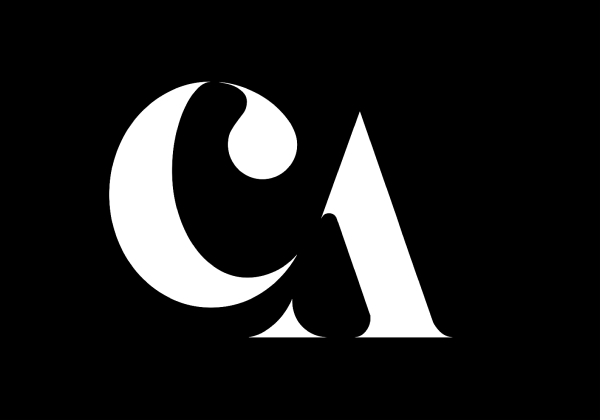PROJECT
UX OF SKIN II – PEELING & HEALING
- Timeline: 1 Week
- Brief: Design a way to express the skin/world interface.
- Brief: Design a way to express the skin/world interface.
- Team Members: Damul Yang, Jinsong (Sylvester) Liu, Cat Achieng
- Key Deliverables: An Embodied Experience / Prototype
During our last presentation, we received mostly positive feedback and some suggestions on how to carry on forward with the development of the prototype.
Alastair suggested that we create a physically bigger prototype rather than the hand. We searched online for bigger artifacts that we could use but none of them were viable due to longer shipping times.
We decided that it would be best that we continued to refine the hand prototype.

Peeling & Healing. Credit: Damul Y.
PROTOTYPE
MID-FIDELITY PROTOTYPES
As a team, we agreed that each one of us would experiment with different materials and create a prototype of our final concept.
We regularly checked in with one another to update our progress with the prototype and also helped each other whenever needed.
PROTOTYPE 1: THE WOODEN HAND
Damul started by painting beautiful art on to the wood and then triedd to apply plaster on it. The plaster bandage would not stick to the wooden hand and this is simply due to the materials not adhering with each other.
The wooden hand was also too fragile and would possibly break if it’s fully covered by the heavy wet bandage.


The Wooden Hand. Credit: Damul Y.
PROTOTYPE 2: THE HUMAN HAND
Damul painted beautiful art directly onto her own hands and then covered the hands with plaster bandage. The plaster was then painted black and unpleasant words were written on it.
The negative words represented anxiety and the peeling process of these top layer represents the healing process.


Painted Human Hand. Credit: Damul Y.
PROTOTYPE 3: THE PLASTIC HAND
The plastic hand is covered in many positive and uplifting words that can be reveled upon peeling.


The Plastic Hand.
OUTCOMES
FEEDBACK
Although many students showed interest in the colorfulness of our prototype, there were some who mentioned that the design was quite small in size and a bigger prototype would have been preferable.
The design solution/prototype was also said to be too ‘simplistic’ for master-level students.

Animated Demonstration. Credit: Damul Y.
REFERENCES
- Heredia, K. (n.d.). B1: Identity. [online] MCHS AP Studio Art. Available at: http://mchsapart.weebly.com/b1-identity.html [Accessed 7 Nov. 2020]
- Sampson, S. (2019). Dermatophagia: Symptoms, Causes, and Treatment. [online] www.medicalnewstoday.com. Available at: https://www.medicalnewstoday.com/articles/325111 [Accessed 7 Nov. 2020].
- Guda, N. (2012). Body Canvas • Projection Art on the Human Form. [online] nelsonguda.com. Available at: https://www.nelsonguda.com/project/body-canvas/ [Accessed 7 Nov. 2020].
- “Abstract: The Art of Design” Neri Oxman: Bio-Architecture. (2019). [film] Netflix.
